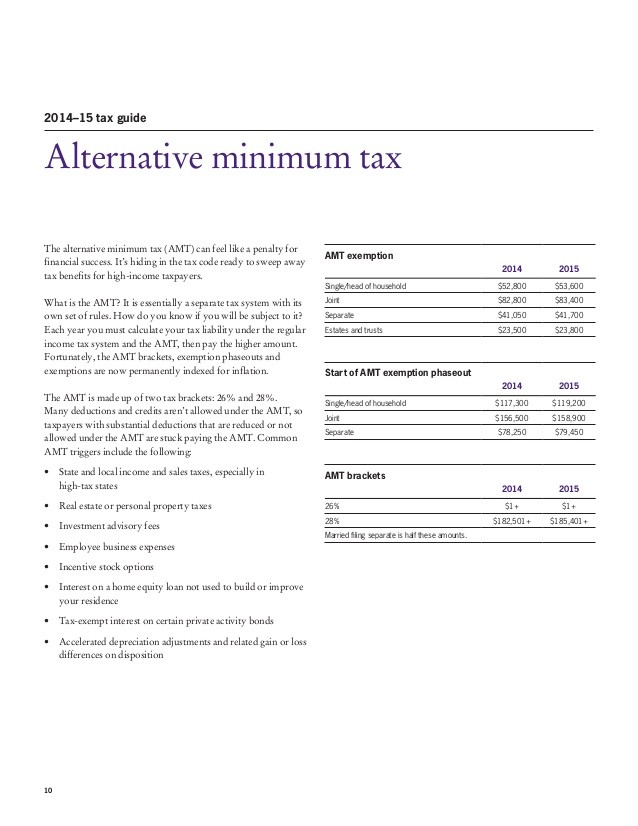2014 Tax Guide Cost Basis
Post on: 16 Июнь, 2015 No Comment

What’s New for 2014 Tax Reporting
Mailing Dates for Your 2014 1099 Tax Statement*
You may receive a corrected tax information statement/Form 1099. There are several reasons for this—for example, issuers of securities held in your account may provide updated or additional information after your Form 1099 is mailed to you. The IRS requires financial organizations to send corrected forms with revised information as needed. Please note that financial organizations, like Pershing, are responsible for Form 1099 reporting and must rely on issuers of securities for your tax information.
Enhanced 1099 Form and Tax Information Statement
New enhancements have been made to your 2014 tax information statement, which includes the 2014 substitute Form 1099-B. To learn more about these changes, you can view our sample tax statement .
Next Steps :
If you have questions related to Form 1099, please consult your tax professional.
What’s New for Cost Basis Reporting and Bonds?
For the 2014 tax season, cost basis reporting requirements now apply to some debt instruments and options, plus stocks and mutual fund shares. When you file your federal income tax return, you are still required to provide the cost basis (including all gain and/or loss information) for all reportable (covered) investments disposed of by sale, exchange or redemption in your tax filing for the tax year in which the disposition occurs.
Securities are considered “covered” if they are acquired on or after their applicable January 1 effective date and “noncovered” if they are acquired before their covered effective date. As an example, covered securities’ cost basis information will be reported to the IRS when sold, exchanged or redeemed, and noncovered securities and their cost basis information will not be reported to the IRS. Please note the following IRS timetable for cost basis reporting:
- January 1, 2011 —Stock in a corporation
- January 1, 2012 —Mutual fund shares, including eligible DRP shares and ETFs that are treated like mutual funds
- January 1, 2014 —Less complex bonds and options
- January 1, 2016 —More complex debt instruments, including bonds with more than one rate, convertible bonds, stripped bonds or stripped coupons, payment-in-kind (PIK) bonds, foreign debt, foreign currency debt, some private issues and physical certificates
Next Steps :
Please refer to the IRS website for additional details about cost basis reporting requirements.
Importance of Reviewing Account Elections for Bonds
If you hold covered debt instruments (bonds) or options, there will be important changes when you file your 2014 federal income tax return. On January 1, 2014, the new tax rules required financial organizations to report the original or adjusted purchase price (cost basis) to you and the IRS when covered debt instruments and options are sold, exchanged or redeemed. As a result, if you purchased these instruments anytime in 2014, you will see the cost basis of these investments reported as covered securities on your 2014 Forms 1099 for the first time.
Financial organizations, such as Pershing, added the IRS defaults (see below table ) at the account level and began displaying these defaults on your account statement last year.
For the 2015 tax year, the deadline for notifying the IRS of your debt instrument (bond) elections for your account is December 31, 2015. Before this date, please review your account elections for bonds. If you have changes, you must provide specific instructions to your advisor before December 31, 2015. After that date, any changes will be applied beginning 2016.
Please note. For the 2014 tax year, the deadline for notifying the IRS of bond elections was December 31, 2014. While the deadline has passed, please be sure to set up your account elections for bonds for the 2015 tax year.
- Review your taxable bond holdings with your tax professional before December 31, 2015.
- Notify your advisor in writing, before December 31, 2015, of the elections you made with the IRS. This will allow your account to be properly set up to comply with cost basis reporting requirements for bonds for 2015. Per IRS requirements, your financial organization will assume that you have elected to amortize bond premiums, unless written instructions are provided. If you are making changes, your financial organization should be able to provide an election document. If your financial organization does not offer one, a sample election document is available for download.**
- Learn about all available cost basis elections and accrual methods for bonds (see table below).
Additional Resources :
Please download this sample Debt Instrument Election and Accrual Method document.
This sample election document is provided by Pershing and not the IRS. This document contains debt instrument election and accrual method information and was designed to help you notify a broker of the elections or revocations you have made directly with the IRS. Due to the complexity of bond elections and accrual methods, you are strongly encouraged to consult your tax professional to determine which methods best meet your tax situation.
Cost Basis Elections and Accrual Methods for Bonds
The chart below outlines cost basis bond elections and provides a brief description of each accounting method.














